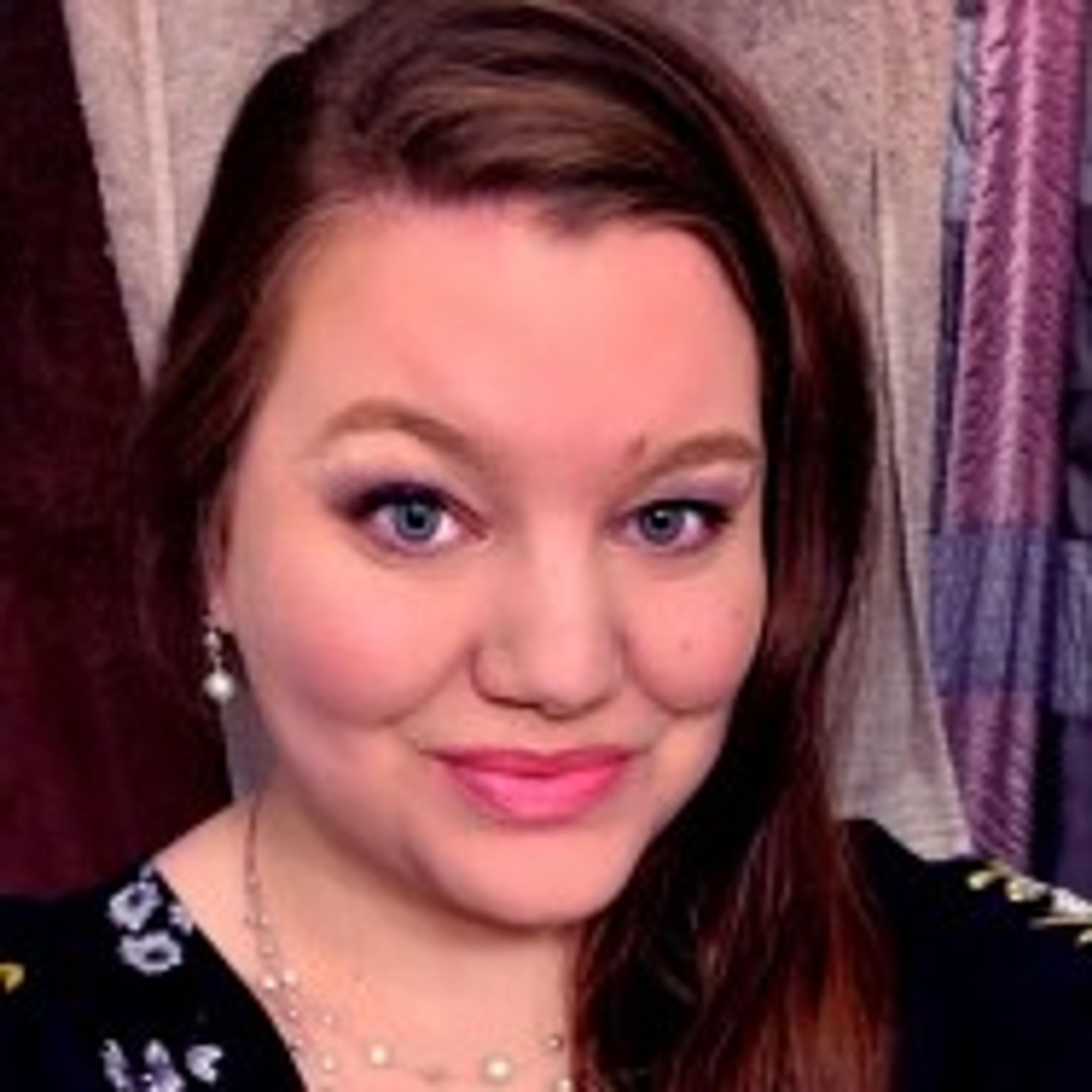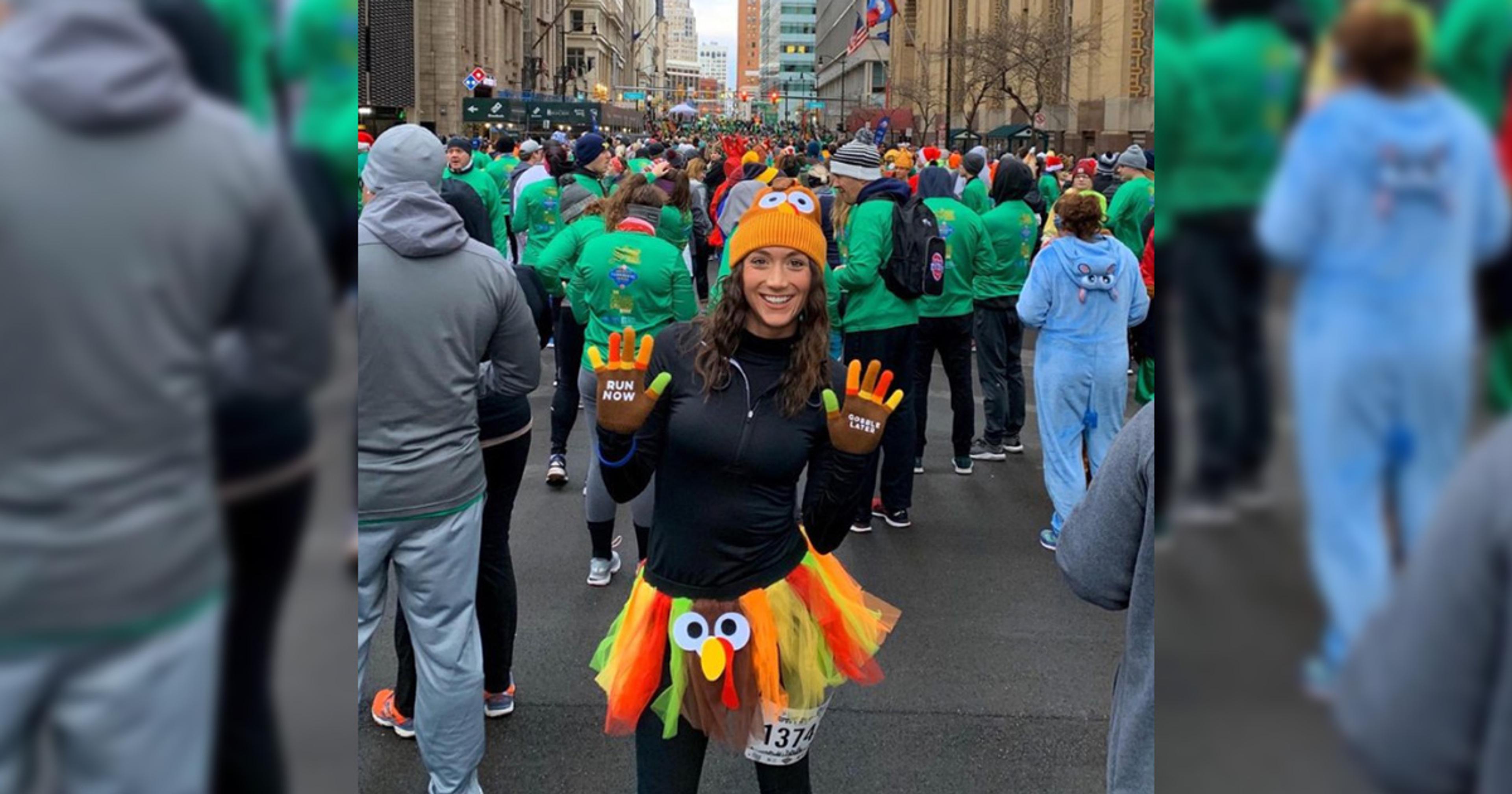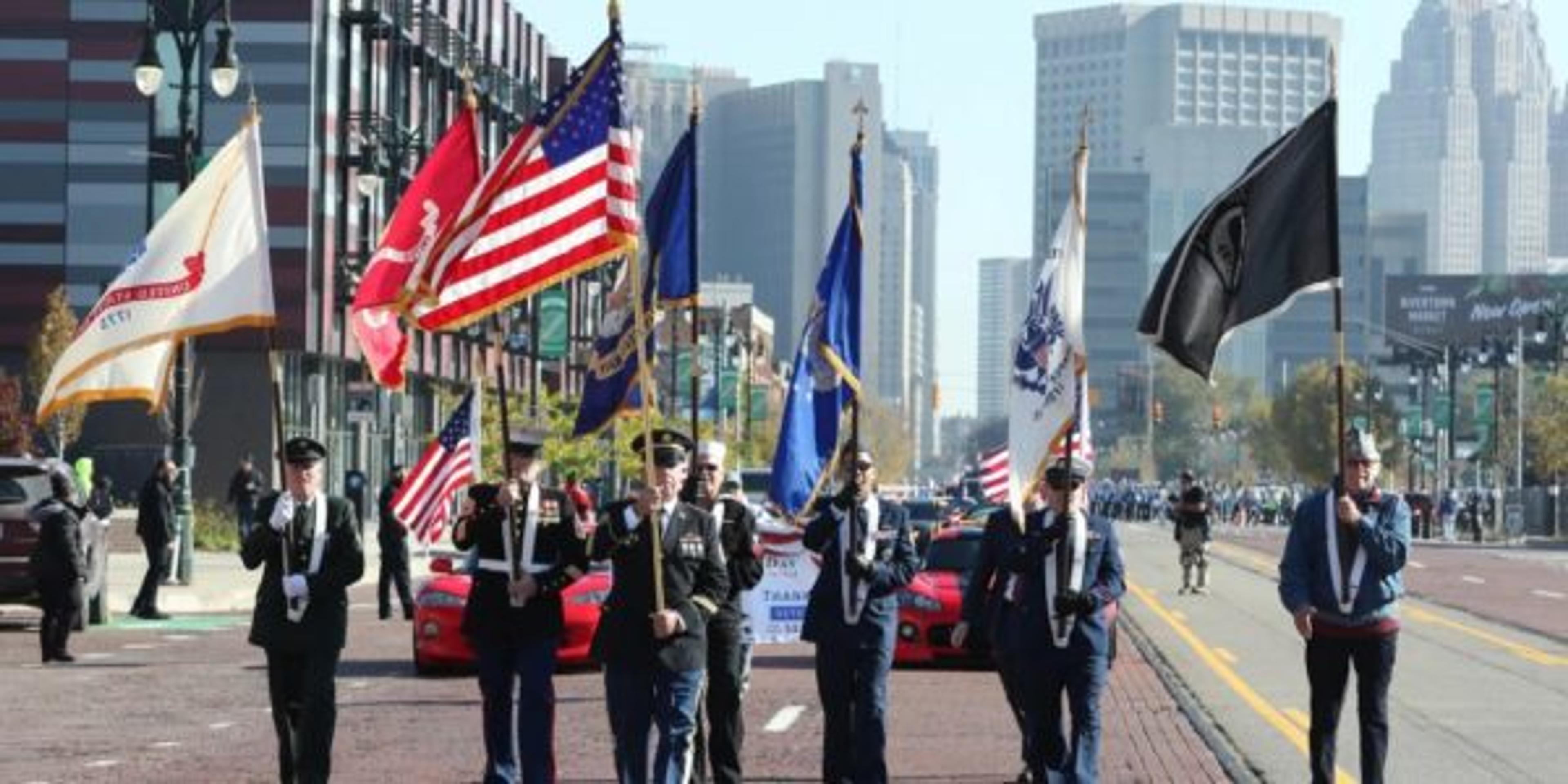Diversity Visionary Award Winner, Faye Richardson-Green of Steelcase, Inc.

Kristin Coppens
| 4 min read

Specifically, the Grand Rapids Area Chamber of Commerce created the Diversity Visionary Award in 2003 as a way to honor individuals in the community that should be recognized for their efforts, advancements, and contributions to ensuring diversity, inclusion, and equity within their own organizations and the community.
Faye Richardson-Green, 2013 Diversity Visionary Award Winner
The 2013 Diversity Visionary Award winner is Faye Richardson-Green, Steelcase Director of Learning and Development. Richardson-Green spoke with me on what diversity means to her, to her work, and to the West Michigan community as a whole.
Kristin Coppens: Tell us a little bit about your roles and professional affiliations.
Faye Richardson-Green: Professionally, I am the Director of Global Learning and Development for Steelcase, Inc. I have staff in each of our corporate regions—the Americas, Europe, Middle East, Africa, and Asia Pacific—responsible for ensuring that we create and deliver performance-based solutions to satisfy our business requirements.
Para-professionally, I view myself as a community steward. I have been actively involved in our community since I was a teen. I have always been concerned about our vulnerable populations. Back then I tutored kids younger than me and helped with the elderly as a nursing home “Candy-Striper” with the Red Cross. After college, although my focus continued to include our youth and elderly, I began to expand into areas that impacted women, and eventually included all the ways we might differ. I became especially concerned where this difference, or diversity, resulted in exclusion and increased barriers to opportunity and/or access to what most of us would expect.
KC: What does a diverse community mean to you?
FR: A community in which all of its citizens are valued with equitable access to opportunities. Meaning, personal characteristics, especially those over which a person has no control, like skin color, nationality, age, gender, sexual orientation, are no longer barriers to an individual or group actualizing their full potential.
KC: Why is that important, specifically in West Michigan?
FR: Economic growth. We have to attract and retain the best talent to this area in order to stand out as a globally competitive source for products and services. Research has validated the link between diversity and inclusion and outcomes like health disparities, economic growth, and innovation. If West Michigan wants to benefit from talent that is here or could be attracted here, we have to remain mindful of and intentional with positive diversity and inclusion strategies.
KC: What do you believe the strengths and weaknesses are in the West Michigan community?
FR: We are diverse and becoming even more so. We have commitment in virtually all of our for-profit and not-for-profit sectors on ensuring that we leverage our diversity to the community’s benefit. We have tools and processes that are available to organizations and individuals that want to be intentional in their improvement/change efforts.
Nevertheless, we still have organizational barriers to inclusion that have to be identified and eliminated. Too many want to believe that our collective history of intolerance and discrimination is a thing of the past. More leaders and others need to understand that our past is still impacting our present and will reach into our future unless we take specific and intentional action “to be and do different.”
KC: What goals do you aspire towards in your vision of diversity in the community? In your workplace?
FR: One word comes to mind—intentionality. Even today, some individuals and groups have to cope with intentional exclusion. To counter that history, we have to continue to develop partnerships, coalitions, and community efforts in which intentional barrier breaking occurs. We have to take advantage of tools and processes for being more inclusive, as well as look for opportunities to do even more with intentionality. Ensuring success requires we continuously move forward in our actions and understanding.
KC: Give examples of ways to encourage and work towards community diversity.
FR: Locally, several organizations have workshops, courses, lunch and learn sessions, book studies and more for individuals to better understand how they can be more intentional in their efforts to have a more diverse and inclusive community. Many local government, profit, and not-for-profit entities are taking advantage of programs and tools to improve their diversity and inclusion outcomes and intentionally eliminate both visible and invisible barriers to their employees and markets.
What does a diverse community mean to you?
Photo credit: Faye Richardson-Green





